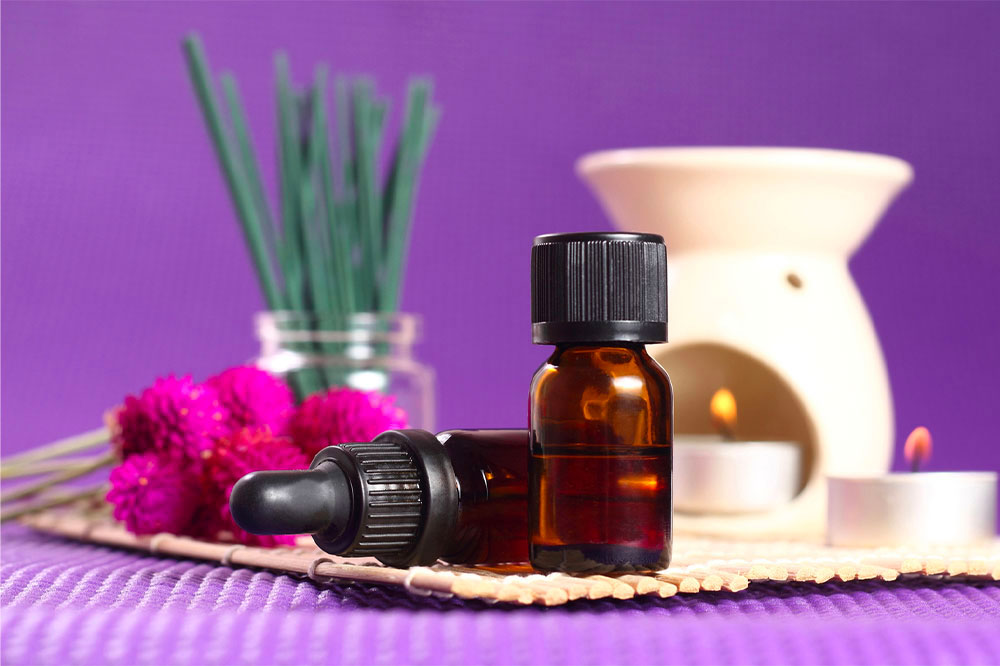Top 5 skincare ingredients that aggravate eczema

Skincare products are formulated to help cleanse, exfoliate, and counter surface odors. But most of these daily-use sunscreens, moisturizers, and creams are made using synthetic compounds. Regularly using such products intensifies chemical concentration on the skin and triggers irritation and allergies. People with sensitive skin or a disorder like eczema usually switch to organic products to protect the skin. This article elaborates five skincare ingredients that can be quite aggravating for those with eczema.
Parabens
A lot of beauty products come with a “paraben-free” disclaimer. This ingredient is one of the most used preservatives in almost all cosmetic products in the market, especially fragrances. Compounds like propylparaben and Iosbutylparaben will increase the shelf life of the product but are quite harmful to sensitive skin and people with eczema.
Moisturizing agents
Lanolin, propylene glycol, and petroleum jelly are largely used in moisturizing products and protective lotions. Any skin care product with these ingredients worsens the symptoms of atopic dermatitis or eczema. Improper refining processes trigger a release of irritants like polycyclic aromatic hydrocarbons (PAH).
Synthetic fragrances
Fragrances are formulated to mask body odor and have a long-lasting effect even on hot days. But a lot of these fragrances are made with chemicals and added scents that may smell good but trigger irritation in eczema patients. Many everyday skincare products are also laced with such fragrances to mask the smell of the base formula. Even unscented products contain some strong ingredient that was added to mask the original smell of the product.
Essential oils
Daily use of essential oils made with tea tree, mint, citrus, and lavender oils can trigger irritation and dryness. Many products feature these natural oils in their formula. The risk is high when mixed with other synthetic fragrances and odor dampeners used in daily skincare products.
Preservatives
Shampoos, shower gels, and soaps are mostly filled with preservatives and skin bleaching ingredients. If these products contain compounds like Cocamidopropyl betaine and Hydroquinone, it is better to avoid them and keep prolonged skin damage at bay.
Dermatologists strongly recommend that people with eczema should thoroughly check product labels to avoid the risk of aggravation.


